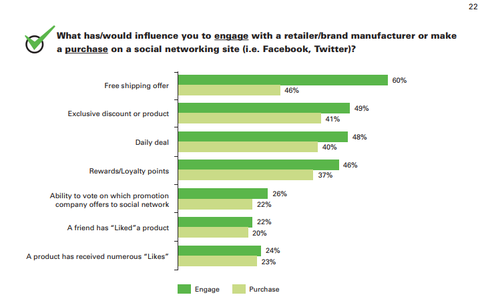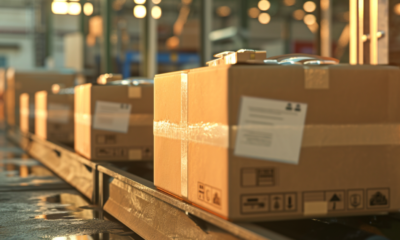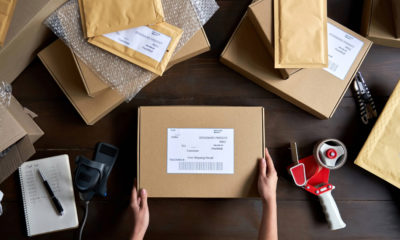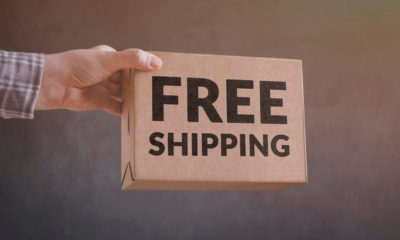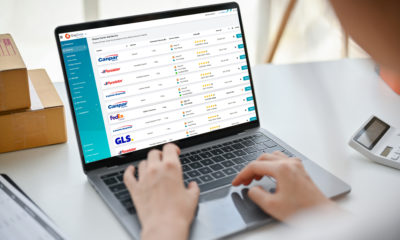Your shipping profitability is a point of contention as a small business. On the one hand, you want to keep costs low, but you want to avoid cutting into your profit margin.
If you’re seeing too many abandoned carts or looking for a conversion boost, your shipping profitability is definitely something to consider. But there are a few bullet points to consider in this area.
We all know “free shipping” is something all your customers will value. And as we discussed in our last blog post, “58% of shoppers will add items to their cart to qualify for free shipping if they reach a certain dollar amount… Shipping [costs come with] doing business online. [But] unexpected fees at the time of checkout scare off more than half of potential customers…”
As we previously addressed, free shipping is the key to driving online commerce growth. In addition to what items are most abandoned in the cart, Statista research shows why more than half of your customers abandon. This is because they were presented with unexpected costs… like delivery charges.
But let’s take a more in-depth look at the internal workings behind your customer’s behavior.
Free Shipping or No Deal
Some of your clients won’t even make a purchase through your site unless you offer free shipping. According to research from the University of Pennsylvania, no free shipping will turn your customers away. Meanwhile, free shipping in some form can reliably drive your conversion.
According to PracticalEcommerce.com, “36% of online shoppers do not make a purchase online unless free shipping is offered… [while] another 42% of online shoppers said that free shipping was “somewhat important,” and actively sought out free shipping deals.” So for some of your audience, free shipping is an absolute must.
You can blame Amazon for the free shipping craze.
Shipping Profitability Stats
According to The University of Pennsylvania, Amazon.com experimented with free shipping thresholds since 2002. Initially, they only offered free shipping if the customer spent $99 or more. They then lowered the minimum requirement to $49. And then to $25.
The University also disclosed when a $49 purchase triggered free shipping, the average purchase quantity of products per order was 3.31. When the threshold fell to $25, the average purchase quantity dropped to 2.53. So not only does free shipping encourage conversion, it encourages your audience to purchase more if it means they don’t have to pay for delivery
Then in 2005, Amazon launched its Prime solution. For an annual membership of $79, no matter what you ordered, shipping was free. The annual fee has since been raised to $119, but this free shipping feature drove the wildly successful Amazon Prime we all know today. And this is why 60% of e-commerce operators report the most successful marketing tool was their free shipping.
Managing Increased Shipping Volume
Alright so you’re offering free shipping and it’s getting you tons of business. How do you manage the influx of shipping volume? When you are ready to offer free shipping, look to third-party delivery providers.
Companies such as ShipTime will help you handle the additional shipping volume that comes with fast growth. Outsourcing with ShipTime also lets you generate more customer satisfaction thanks to its wealth of customer-centric services.
In addition to crawling the best possible prices, ShipTime allows you to access the information most important to your business. And all on one screen. The ShipTime dashboard, for example, speeds your shipping quote with predefined box sizes.
The ShipTime dashboard solution also provides predefined incentive rewards and the “My Pickups” functionality, allowing customers to see scheduled pickups and times. They cover all your bases when it comes to efficient tracking and delivery.
Learn more here.


 By ShipTime
By ShipTime